* We visited Cusco April 26-28, 2015 and again on May 4, 2015
We finished our adventures with my parents in Cusco, and bid them farewell on our first night there, sending them off in style on their tour which began the following day. Lindsey and I woke up the next morning sad to see them go, but ready to explore the sacred Incan city. Technically, this was my second time visiting Cusco, the first having been 7 and a half years before. But I didn’t spend a ton of time in Cusco my first go around and was very excited to return and do some more in-depth exploration.
Many people think Cusco is just a hopping off spot en route to visit Machu Picchu, but it really is an incredibly unique city. At first blush, it appears just to be a very picturesque, red tile-roofed colonial Spanish town with modern amenities. It’s located at 11,000 feet above sea level, in a valley, and the town itself creeps up the sides of the surrounding mountains just enough to give it sort of a bowl-like appearance. However, it has so much more depth when you start digging into the details, especially the history. You just gotta poke around.
Cusco was both the political and spiritual center of the Incan empire. Legend has it that the Incans intentionally built the old city in the shape of a Puma, which it does admittedly resemble from overhead. After the Spanish conquered the city, they didn’t take the typical colonization route of destroying all existing Incan buildings. That’s not to say they didn’t plunder all valuables and destroy most sacred buildings, but instead of razing them to the ground, they kept many of the Incan foundations and walls. These huge, perfectly-carved boulders turned building blocks, fit together like seamless puzzle pieces without the use of mortar. It’s pretty incredible, especially that their engineering was better than Western engineering at the time, being able to, and having contiued to withstand the many earthquakes Cusco has endured. What remains, and what we saw in modern Cusco is a fascinating mix of Incan and Spanish architecture throughout the narrow, cobblestone streets within the footprint of what was once the capital of the Incan empire. Some of these are tourists sites, such as the main cathedral, but some are just regular shops, hotels and other businesses. My favorite example of this strange juxtaposition is the Scotiabank located within these huge Incan walls that make it look like a fortified temple, and entering to see modern ATMs and bank tellers instead of altars.
Working past the ancient architecture, Cusco has an incredibly modern feel to it, repleat with great restaurants, high end antique, art and sovenier shops, and of course plenty of tourist tchatchke shops as well. Because of the influx of so many tourists en route to Machu Picchu, you really have to get out of town or at least to the outskirts to get a true Peruvian experience, and in order to avoid the Starbucks, McDonald’s and KFC in the main plaza; but for us two weary travelers, it was a nice fresh breath of modern amenities.
We set up shop in San Blas, an artsy neighborhood with meandering, maze-like cobblestone streets about a 10-15 minute huffing and puffing uphill walk from the center plaza of town. All in all, we had three full days in Cusco prior to leaving on our Machu Picchu trek, which were jam packed. I’ll get into more detail below, but the rough outline is as follows: first day was a Cusco city walking tour we pulled from Lonely Planet. The second day we decided to take advantage of our 6 months of free Spanish lessons and hire a taxi for the day to visit four ancient sites outside of Cusco in the Sacred Valley, so called because of its importance during Incan times for growing sacred corn and being the home of many Incan cities. If we hadn’t spoken Spanish, we would have needed a guide to communicate with the driver, but instead we saved a ton of money, and brought some internet research along as our virtual tour guide. Our third day, we decided to get real people guided tours of Qorikancha and Saqsaywaman (2 important Incan sites in town) to get some more in-depth insight into Incan history and culture before embarking on our trek.
After the Machu Picchu trek, we had one final day in Cusco, which we happily spent getting a well-deserved massage, souvenir shopping, and of course, doing some laundry before taking off on an overnight bus to Nazca, our final South American tourist excursion!
Highlights of Cusco and the Sacred Valley…
Day One Cusco Walking Tour
We kept this tour pretty basic, roaming the city and soaking in the aforementioned juxtaposition of Incan and Spanish colonial architecture throughout the city. For lunch, we came across a city food festival, filled with cuy (fried guinea pig) and other Peruvian delights. Unfortunately, due to sanitary concerns, I couldn’t eat the cuy there (not yet!), but we did have some delicious fresh cooked corn and potatoes with the local spicy peanut sauce. After some aimless wandering, we ended up in a locals’ market for all things food and goods where Lindsey finally convinced me to get a haircut. Unbelievably, it actually was a great haircut, and only cost a little under $5. I need to get him to Chicago somehow before the wedding.
Day Two Sacred Valley
It’s crazy how many interesting historic sites there are to see just outside of Cusco, and so hard to choose between them. So we put together an aggressive itinerary through the Sacred Valley for our hired car, crossing our fingers that we could fit them all in.
We started an hour and a half away from Cusco at the ruins of Pisac, a small Incan complex built into a mountainside overlooking scores of Incan agricultural terraces that descend into the Sacred Valley. Although relatively smaller than other Incan sites we would see on our travels, it still contained what are thought to be numerous military barracks, a small village, and religious temples requiring a couple hours to explore. The highlight for me was seeing a cave which the Incans had somehow carved through the mountain and expanded to become a tunnel used to access the sacred worshipping buildings on the other side of the path. To this day, no one knows how they were able to do this without dynamite or other more high tech tools. One of the many mysteries the Incans have left us.
We then cruised another hour or so to Ollantaytambo. En route we stopped at a local, roadside house to have a cup of chicha frutillada, fermented corn alcohol with strawberry flavoring, which wasn’t half bad. I decided not to inquire whether they used the traditional the brewing process, i.e., whether they chewed and spit the corn kernels back out prior to fermentation, as is the original process. I think Lindsey is happy I didn’t ask as well. The chicha lady’s kid was particuarly funny, clearly a class clown that loved getting his picture taken. Also, we were a bit surprised at how quickly our driver chugged his giant mug of chicha, but at least he only had one. After arriving in Ollantaytambo and having a tasty meal, we made our way into the fortress complex literally built into the hillside. It’s best known as being the location of one of the few battles in which the Incans defeated the Spaniards, in this case flooding the field below to slow the Spanish cavalry and infantry allowing them to use Ollantaytambo’s high ground to pick off the Spanish one by one until they ultimately retreated. The pictures will do plenty of the talking as to how beautiful the views were once we climbed the stairs to the main area. Before we left town, we made sure to walk into the oldest part of Ollantaytambo, one of the only remaining places where Incan ancestors still live traditional lifestyles. We visited one rustic home where guinea pigs scurried over the dirt floor, many of which were hiding under the owners’ beds, and skulls of ancestors hung on the walls, watching over and protecting the home . It was definitely not even remotely up to Lindsey’s or even my cleanliness standards!
Working well into the afternoon, we arrived an hour later at the Salinas de Maras, the salt pans of the village of Maras. Since pre-Incan times, villagers have been using the same process of trapping water from a subterranean mountain river where it exits the mountain in a series of small pan shaped troughs built into the mountainside. They then evaporate the water and collect and process the mountain salt that had been carried by the water within the mountain, with the only real advanced technology for harvesting the salt being the trucks that carry it away from the site. We had a great time walking/balancing through the narrow paths between the salt pans, soaking in the beautiful cliffside views.
It had gotten pretty late in the afternoon, and we figured our driver would insist on taking us back as we only had him until 5:00 and were still a couple hours from Cusco. But instead, without question, he went straight to Moray. And we were so lucky he did. The country road leading there was so beautiful, rolling fields as far as the eye can see filled with quinoa, wheat and corn, and true Peruvian cowboys herding cows and sheep (our car was stopped numerous times waiting for cows and sheep to cross the road), riding horses, and/or carrying farm equipment. It was a true and radiant image of the Peruvian country life. 45 minutes later, we were at Moray, which, although maybe not the most picturesque Incan ruin, is without a doubt one of the most interesting intellectually.
Shaped like a giant bullseye, Moray is essentially three different bowl-shaped sets of agricultural terraces built near the top of a mountain plateau, which are theorized to have been an Incan science lab to master agricultural techniques. They certainly mastered their techniques, as can be seen at most Incan sites where they very carefully picked the stones used to wall each terrace, all being of the same type and size, theoretically picked due to how much heat such rocks absorbed into the soil in relation to the crops being grown to maximize crop yield. Moray would have been the perfect place to fine tune these techniques. They created a difference in temperature from top to bottom of the largest terrace set, which is upwards of 59 degrees, perfect to simulate different altitudes found in different corners of the Incan empire. And soil sampling suggest different soils were used on different terraces, possibly physically brought in from these various Incan empire locations to properly determine what types of stones were required for that soil at its particular altitude. Once the terraces were built, seeds were planted and the farming techniques necessary for the different altitudes was perfected. If this theory about Moray is correct, it just highlights how brilliant and scientific the Incans were, not just in their stonework but in many other factors affecting their daily lives.
As we left Moray, the sunset bidding us farewell was icing on the cake of an amazing day in the Sacred Valley.
Day Three Qorikancha and Saqsaywaman
After our jam-packed day 2, and with our Machu Picchu trek just a day away, we decided to take it a bit easier, limiting the day to much shorter visits to Qorikancha and Saqsaywaman. Both sites were pillaged and partially destroyed by the Spaniards, but were very sacred sites to the Incas. Qorikancha was one of the holiest Incan temples, dedicated principally to the sun god with its large stone walls having been covered in gold plating at the height of the Incan empire. However, upon arrival of the Spanish, they plundered the gold and built a large Franciscan Monastery on top of much of the then existing Incan stonework. With it’s hillside setting highlighting both the Incan stonework and Spanish additions, Qorikancha is the poster child for the mix of Incan and Spanish architectural styles. The citadel of Saqsaywaman has some of the most massive, perfectly carved and fit Incan stonework that can be found, and is thought to have been the location of important Incan ceremonies. Undoubtedly, these were great experiences, but the highlight of the day goes to our bus ticket purchasing experience. We had a Machu Picchu trek orientation meeting that night and found a tour company across the street that could sell us the tickets we needed to get out of town a few days after the trek. The guy working behind the counter, probably in his 30s, was drinking a beer alone, absolutely hammered, and absolutely hilarious. Apparently, it was his birthday, so with a huge smile on his face he gave us a couple beers, and with a full-out heavy booze slur, started trying to get our information, typing most of it incorrectly into the computer. Luckily, we were looking over his shoulder making him correct the crazy amount of typing mistakes, and luckily for him, we decided to pay him his commission for the tickets, even though he accidentally forgot to add it to the ticket prices. Maybe, we are too nice, but hey, it was his birthday.
To see all of our photos from Cusco and the Sacred Valley on Flickr, click here.


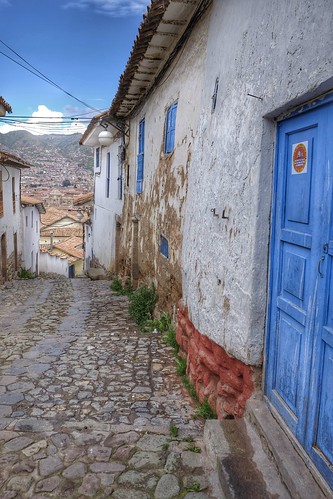
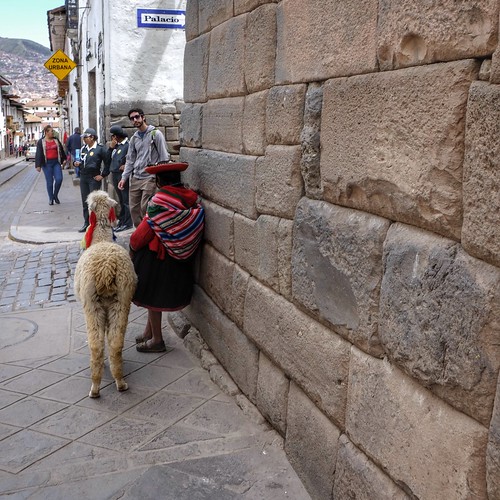
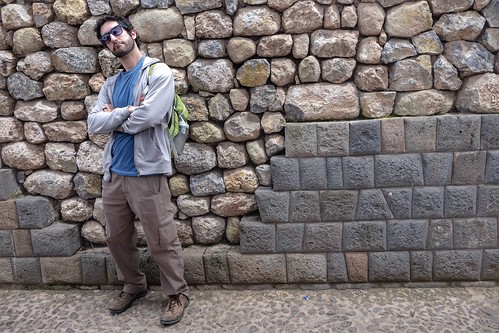
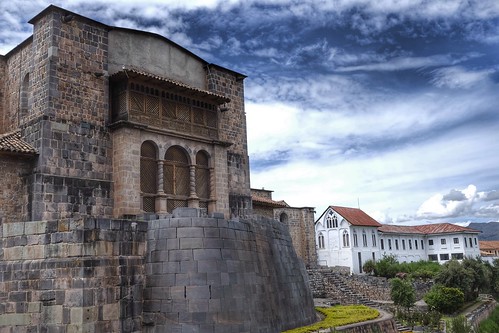
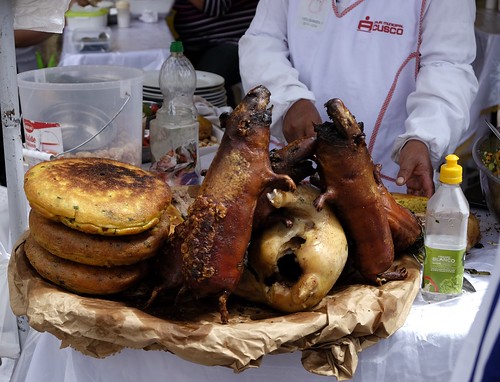


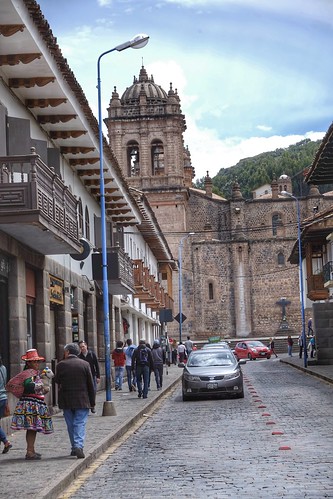
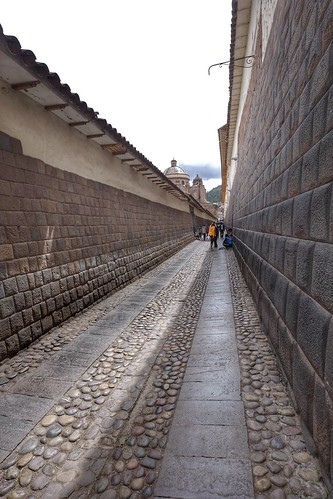


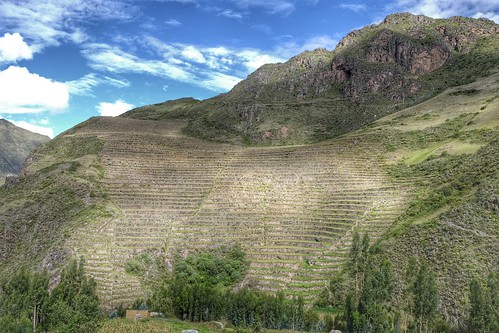

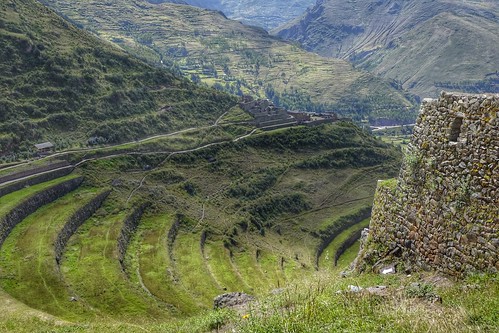
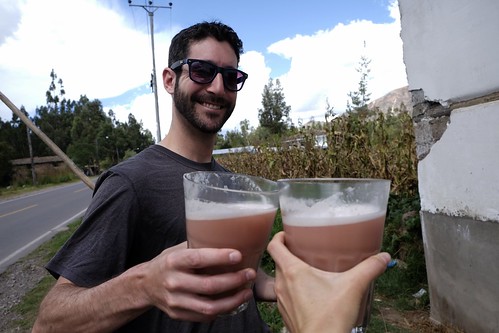

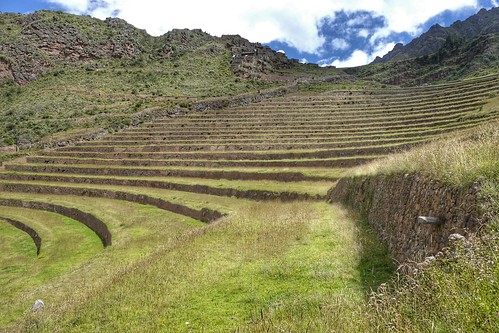
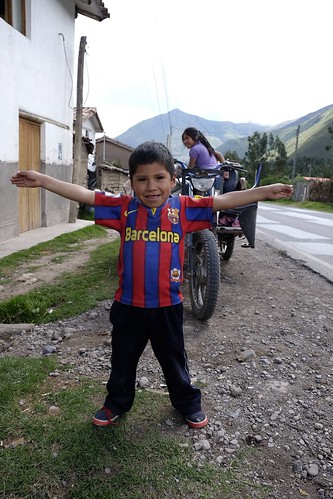
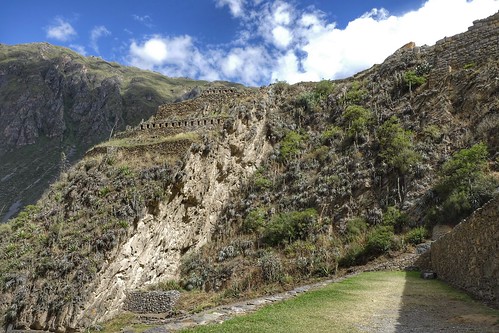
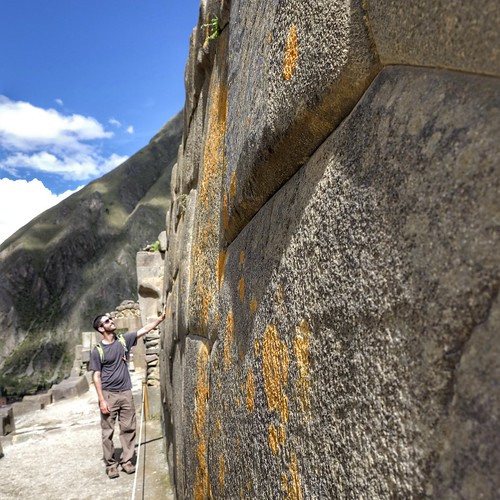
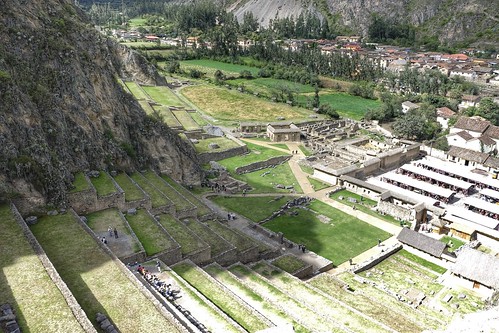
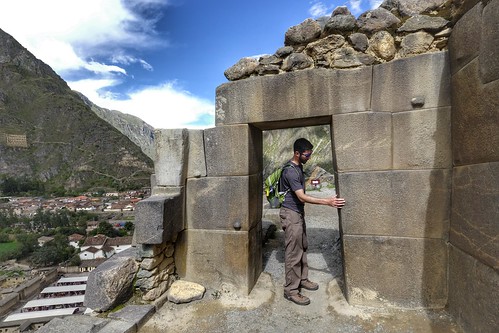

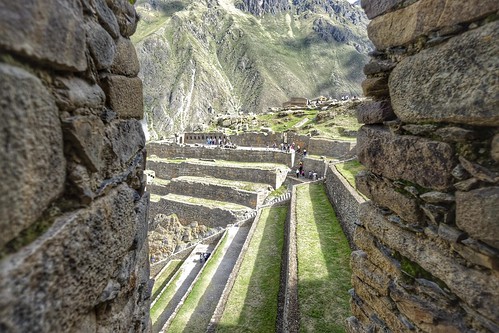

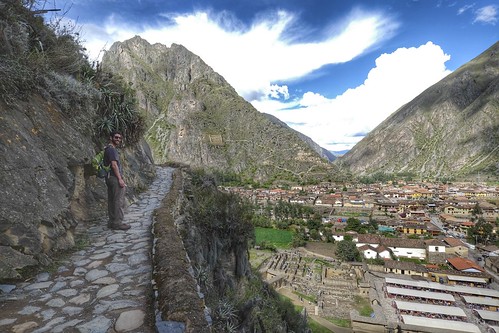
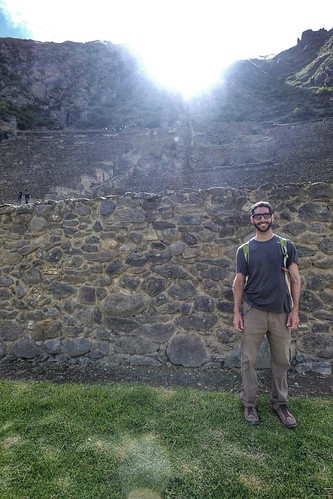
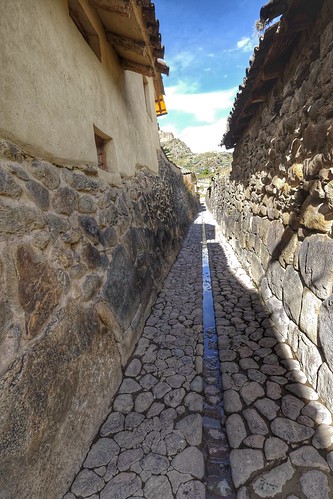
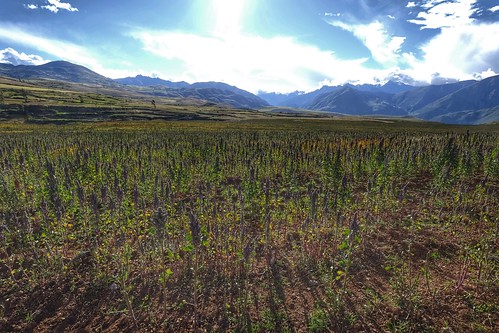
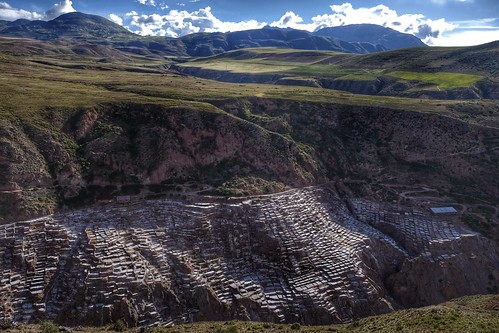
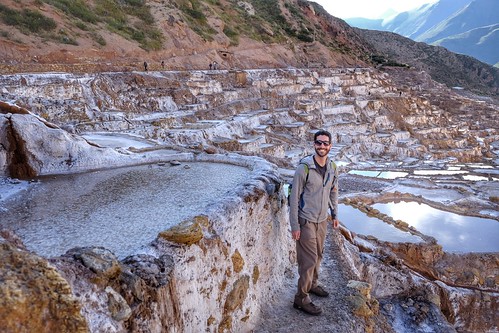


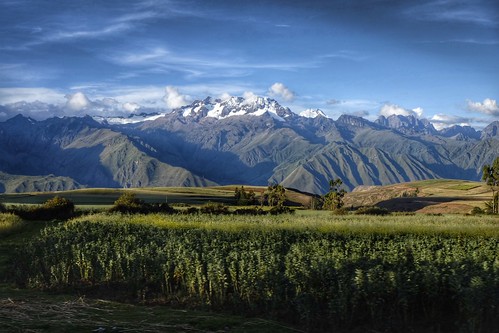

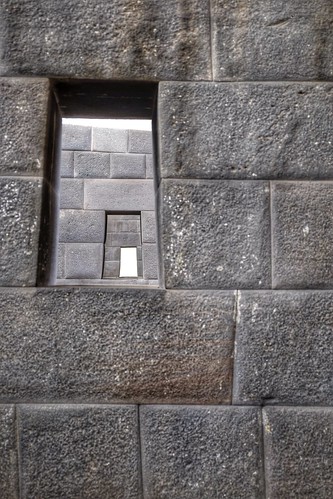


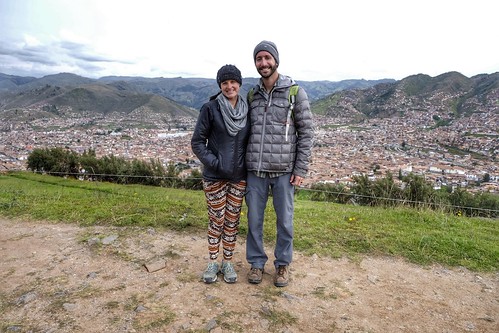
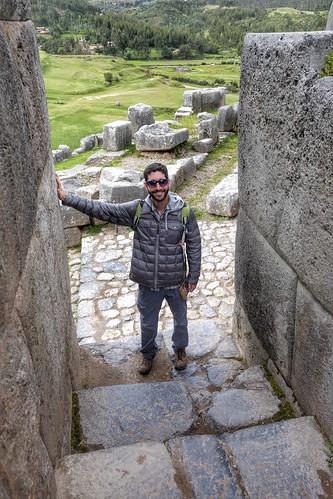
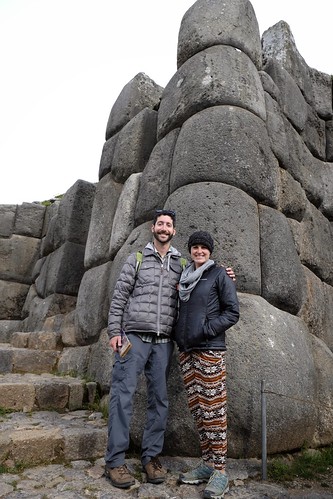

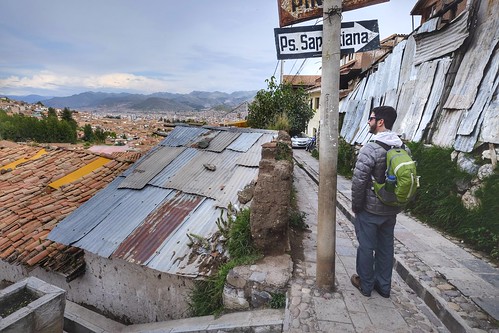
These are incredible photos. Can’t wait to see the Machu Picchu pics!